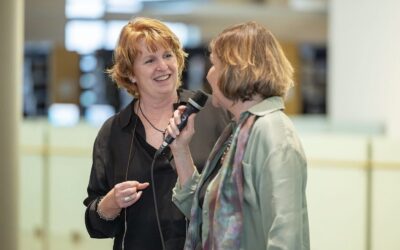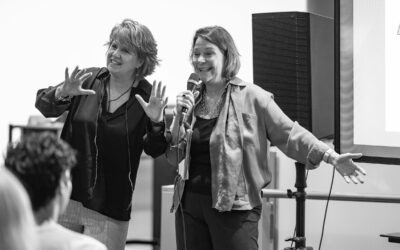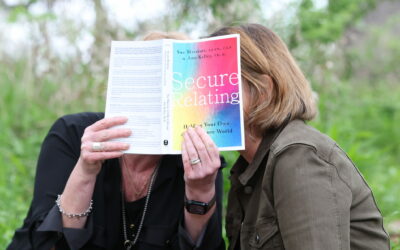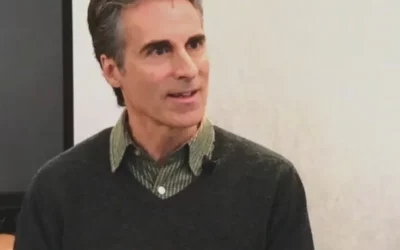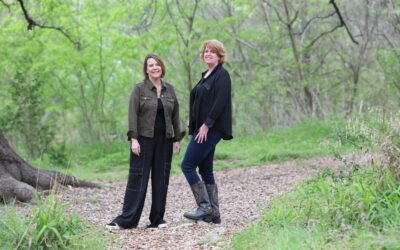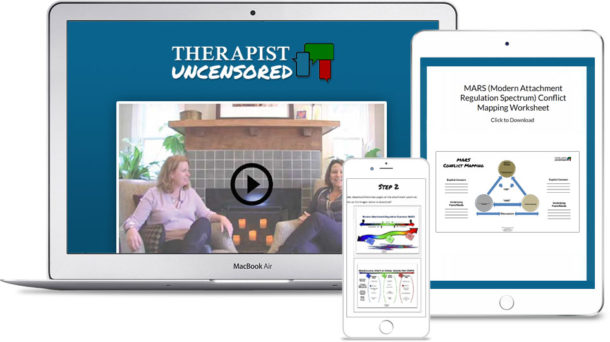Podcast: Play in new window | Download (Duration: 54:52 — 31.4MB)
Subscribe: Apple Podcasts | Spotify | Amazon Music
IN THIS EPISODE:
The Blended Family: How to Create Strong and Lasting Step-Family Relationships
Show Notes
This episode breaks it down by debunking the most popular myths and giving specific do’s and don’ts to help you create secure long-lasting families no matter their origin.
Blended Family Myths
Wicked stepmothers and red-headed step children – our psyche with the help of Disney often portrays step-families through a suspicious lens. However, only 23% of families are made up of two heterosexual biological parents in their first marriage. So called “weird” families such as blended, same-sex parents, adoption and foster, grandparents parenting, polyamorous and so on are the new normal. Adults living with biologically unrelated children have unique challenges, and in this episode we focus specifically on blended families. Dr. Ann Kelley and Sue Marriott discuss common myths as well as tips toward achieving a healthy blended family bond. We unpack the tensions that often emerge as two cultures come together and deliver practical solutions for how to avoid pitfalls and build a foundation that helps the process of reconstituting a new gaggle go smoother. Also, gender and developmental differences are discussed –
you may be surprised that sons and daughters respond differently. Finally same-sex headed families are also discussed, the unique strethgs and challenges within these families. Hey glbtq – headed parents out there – don’t worry we totally have your back. We
are all about it and are working on an entire episode on the beautiful and unique gifts of glbtq families coming to your podcast player soon.
Timeline
0:50 – Intro
2:27–Blended family
3:52–Myth 1 of Blended Families: Stepfamilies are not as healthy as “real” families.
5:50–Why children struggle more than those in first-marriage, intact families andhow to prevent it
7:26–Effect of divorce on children–socio-economic drop and severe change of
routine should be prevented
8:34–Whatever you do, don’t mess with the mind of the child in how they see theother parent (ie.alter the child’s internalized image of the other parent).
9:50–Myth 2 of Blended Families: Stepfamilies break up more often and that is a bad thing
13:36–Myth 3 of Blended Families: Children who come from divorced and thenblended families will likely struggle in life. (All families have problems–step families are just more exposed and therefore vulnerable)
14:45–Difference between boys & girls transitions becoming stepchildren
17:00–Time helps everyone–How can we expedite the process of feeling like afamily and speed up the process?
17:50–When parent’s sense of fantasy and pressure to get it right and rushing the process leads to combustible outcomes.
18:50–Being around parents that are overtly affectionately in love can be difficult for children and may increase the tension within the child or between the child andparent/stepparent. Many times children haven’t seen parents fall in love
21:25–Idealized fantasy of second marriage & pressure to get it right the 2nd time around
22:23–Blending families = blending two cultures (Don’t try to create one united front)
27:50–Differences in administering discipline is a frequent source of conflict in
blended families (Permissive parents vs. boundary-setting parents)
28:50–Don’t step into direct-disciplinary role for the first year as a step-parent. Working towards a non-polarized, firm, loving place where child still has boundaries
33:05–The more stuck a child gets in an outside position, more potentially damaging (Bio parent & step parent need to have empathy for child who might be shifted into an outside position)
38:12–Tip: Watch for losses and loyalty bonds and changes (Loss of parental attention is a major theme in step-children)
39:30–Forming traditions that are unique to both families
40:00–Ex-spouse & custody issues–Collaborative co-parenting is ideal, next is just a peaceful coexistence, worst case scenario go to the schedule as your rulebook.
44:50–Important to have up-down relationship. Find place of homeostasis between parent & child.
45:40–Hope–Despite challenges and strengths–The second marriages, once past all the turmoil, are actually happier
46:25–These terms apply to alternative & glbtq families as well
49:05–Same sex mothers typically have more fluidity making these transitions–typically they have custody as opposed to two men–Non-custodial parents shouldn’t be afraid to enforce chores rather than trying to only please the child.
51:50–Difference in same-sex couples: often don’t have as much support fromextended family
52:35–Parting advice: Slow it down, time will take its course, don’t be afraid toseek help from a professional, hang back and let child make their own opinion
55:04 – Outro
RESOURCES:
Additional resources for this episode:
- Surviving and Thriving in Step-Family Relationships, What Works and What Doesn’t; Patricia Papernow, This is the single book I’d recommend on this subject. Many step-family books are just terrible truthfully, start with this one I promise you will get solid information and advice.
- Stepfamily, Blended Family – Parenting and Step Parenting Resources
- General parenting advice on a range of topics–because, well, raising kids is just hard and a tip here and there can be useful.






